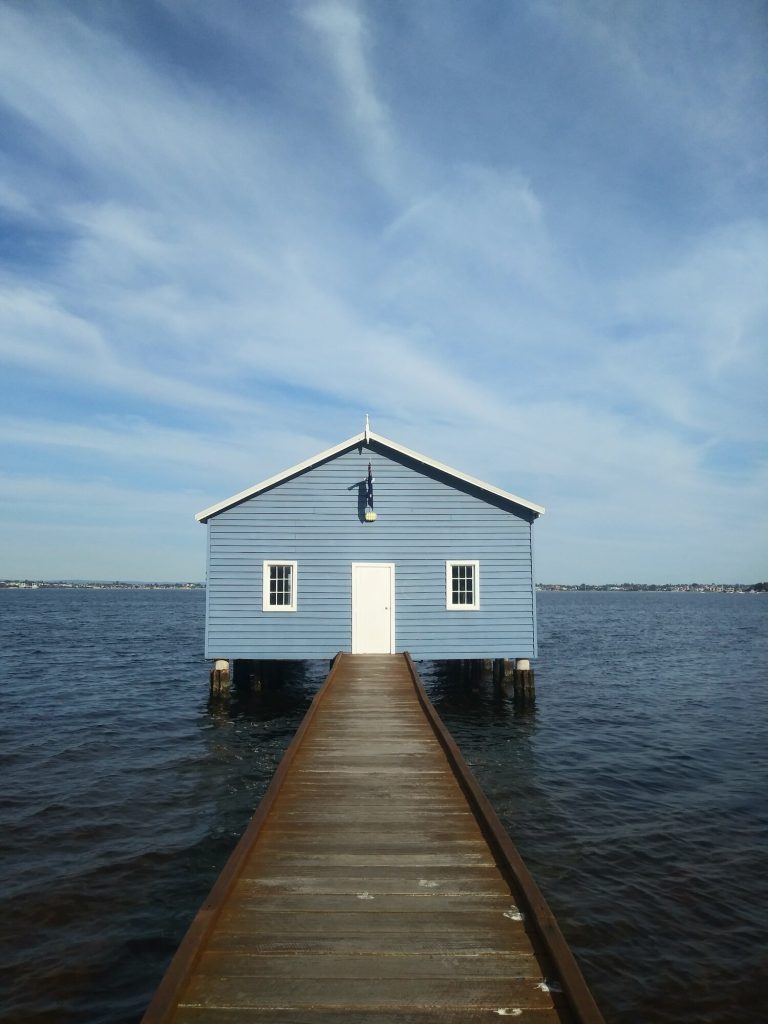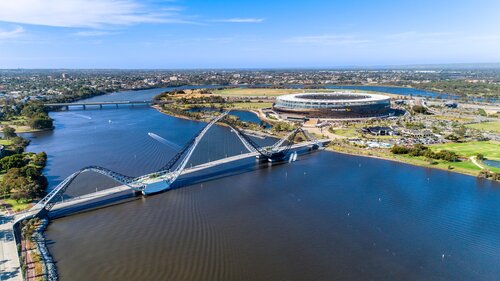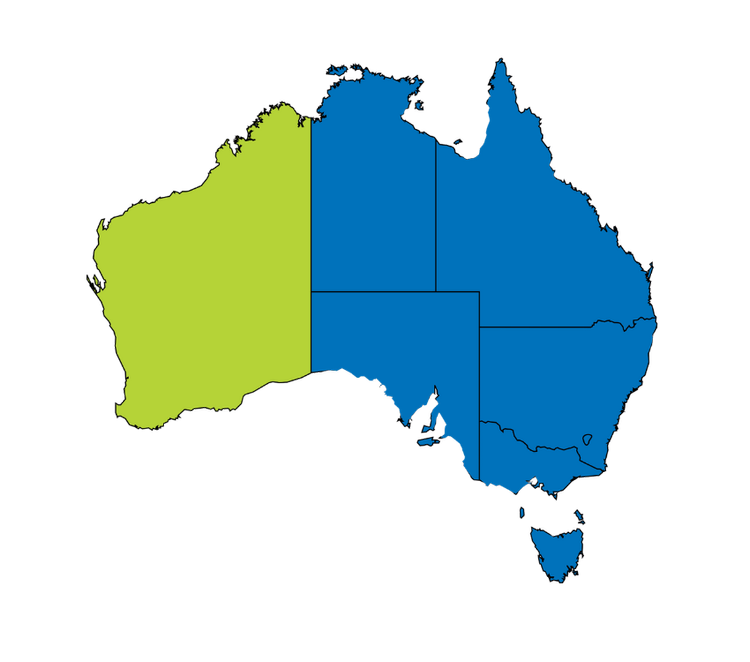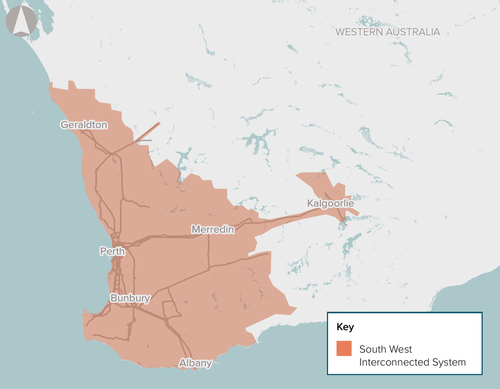



Western Australia (WA) earns the title of sunniest state on the continent due to its size and location. According to Bureau of Meteorology data, Perth is the sunniest state capital.
With a population of 2,785,000, of which 2.1 million are living within the area of greater Perth. Nearly all of them are connected to mains electricity.
464,974 WA homes and businesses, 218,188 have a solar water heater or air source heat pump, and 6,723 have installed a solar battery too. Currently, 38 wind turbines have been installed across WA too.
(source – Clean Energy Regulator).
The Australian PV Institute estimates the percentage of dwellings with a PV system to be 38.1%. This means there is plenty of opportunity for the uptake of PV systems within Western Australia, coupled with being the sunniest state in Australia, it’s a total win-win for renewable energy.
A 15,000 square km site on WA’s southern coast has been proposed as the location for the A$100 billion Western Green Energy Hub. Comprising 50 gigawatts of wind and solar capacity into green fuels like hydrogen and would be the world’s biggest renewable energy hub.
(source – Australian Trade and Investment Commission)
Some suburbs across WA have jumped on the solar revolution more than others. The top ten are…..
- Baldivis (6,272 systems)
- Canning Vale (5,395 )
- Ellenbrook (3,697)
- Thornlie (3,486)
- Byford (2,970)
- Willetton (2,831)
- Ballajura (2,697)
- Halls Head (2,630)
- Gosnells (2,531)
- Dianella (2,505)
The number of solar systems installed grows each day, as more households realise the benefits that such a system has on their power bills and the environment. Don’t be left behind, take action today and find out how renewable energy can help you too.
WA’s Electricity Grids

The SWIS is run by Western Power, owned by the WA government and has over 1.1 million customers. Synergy is the monopoly electricity retailer for households and small businesses.
Whereas large-scale users have the choice of 11 retailers. The NWIS is run by Horizon Power, state government-owned and services approximately 2.3 million square km, supplying 100,000 residents and 10,000 businesses.

This is the biggest area with the fewest customers in the world. 1 customer for every 53.5 square km.
Rebates and Incentives
Government Incentive – Small-scale Technology Certificates (STC)
When you install a renewable energy solution, you are entitled to claim Small-scale Technology Certificates (STCs) against the cost of the system. An STC is equal to 1 megawatt-hour of renewable electricity, either generated or displaced by eligible small-scale renewable energy systems such as solar PV, wind, hydro, solar water heaters and air source heat pumps.
The STCs are part of the Australian government’s Renewable Energy Target. STCs fluctuate a little in the marketplace and are generally always claimed on the customer’s behalf by the retailer installing your system.
You can claim them yourself via the REC Registry, however, it is much easier to allow your trusted and endorsed installer to claim them on your behalf. At the time of writing this, STCs are trading at $40 each, however, they have been as low as $16 per STC.
To see an up-to-date price please click here. At $40 per STC, this means for a 5kw inverter with 6.6kw of panels one can expect a reduction of $ 3,000.
The Clean Energy Regulator provides a free STC Calculator for you to establish how many STCs your renewable energy solution will generate. If you would like to see what your STC rebate would be with a ‘live’ price right now!
Greenbank Environmental can provide this here.
Distributed Energy Buyback Scheme (DEBS)
Within WA, provided you install a system with an inverter 5kw or under, then you will be eligible for a payment for any electricity you export back to the grid and do not consume. This is known as a Feed-in Tariff.
Currently, the Feed-in Tariff is 2.5c (3 pm – 9 pm) and 10c (9 pm – 3 pm). This includes all energy you export back to the grid, be it solar panels, wind turbines, batteries or electric vehicles.
Further information on the energy buyback schemes can be found here. The higher rate is given to you at times when the grid is experiencing higher demands.
The lower rate during the day is obviously when solar systems are producing really well and encourage renewable energy owners to use as much of their own power as possible.
Electric Vehicles (EVs)
There is currently a subsidy program of $3,500 rebate for purchasing an eligible vehicle. This scheme is called the Zero Emission Vehicle (ZEV) Rebate and is a financial incentive to encourage the update of EVs as part of the Government’s clean energy car fund.
You have to apply to the Department of Transportation. There are certain conditions, such as the EV must have a maximum dutiable value of $70,000 or less, be brand new, and be fully powered by batteries or hydrogen fuel cells.
